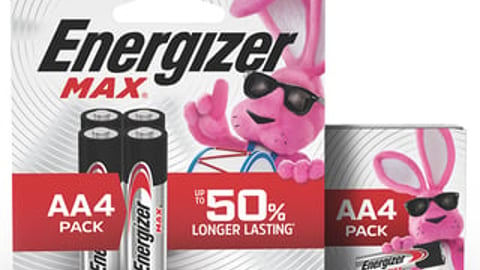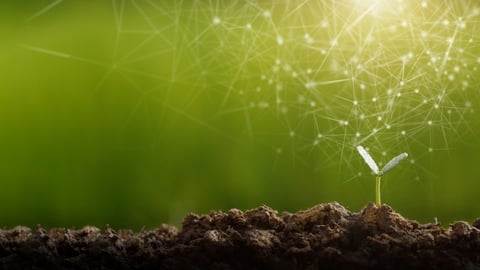Nestlé Trials Recyclable Packaging With Paper-wrapped KitKat Bars
In an effort to reduce plastic packaging, Nestlé will pilot paper-wrapped versions of their four-bar KitKat chocolates across select stores in Australia.
The trial will run for a limited time exclusively in Cole’s grocery stores in Western Australia, South Australia and the Northern Territory, with more than a quarter of a million bars to be paper-wrapped. As part of the design, the KitKats will feature a QR code inviting consumers to scan and give feedback on the new packaging.
The plan is reportedly part of Nestlé’s larger sustainability goal to reduce the use of virgin plastics by a third by 2025, including using less plastic, recycled plastic, and plastic packaging alternatives. In 2021, the brand piloted recyclable packaging for tubes of Smarties and recyclable paper wrappers for their Quality Street candies in 2022.
[See Also: C-Suite Roadmap: Consumer Goods Forum Issues Guide for Operationalizing Net Zero]
Louise Barrett, head of the Nestlé Confectionery Product Technology Centre, said one of the main challenges lay in developing recyclable paper packaging that would also hold up to keeping the chocolate wafer protected. Trials for the new packaging involved experimenting with modified high-speed flow wrapping equipment to get the right formulation, “whilst at the same time ensuring the packaging is recyclable in the paper stream.”
Pursuing Net Zero From Multiples Angles
Early last year, Nestlé took broader steps to enhance their sustainability and traceability efforts in cocoa production in the Côte D'Ivoire. This included offering cash incentives to farmers who enroll their children in school, diversify their income streams, or raise livestock.
The company worked with the International Cocoa Initiative and Rainforest Alliance to monitor participation and spearhead the project, along with a strategic advisory committee managed by IDH-The Sustainable Trade Initiative. Overall, Nestlé committed to investing nearly $1.4 billion in the initiative by 2030.
KitKat and Nestlé are not the only CGs rethinking packaging as a way to meet sustainability goals. In December 2022, PepsiCo announced they would be doubling the percentage of beverage services sold and delivered through reusable models from 10% to 20% by 2030. To achieve this new goal, the company said they would be expanding its SodaStream Professional business, working alongside PepsiCo bottlers to scale their refillable plastic and glass bottle offerings, and increase production of powders and concentrates across PepsiCo brands such as Gatorade, Propel, Muscle Milk, and Evolve brands.
Similarly, L’Oreal USA introduced its Product Impact Labeling system last year, allowing online shoppers an insight into the environmental impact of particular products compared to other L’Oreal products in that same category. The new system ranks products on a scale of A-E based on planetary impact factors such as greenhouse gases, water scarcity, ocean acidification, and impact on biodiversity.





